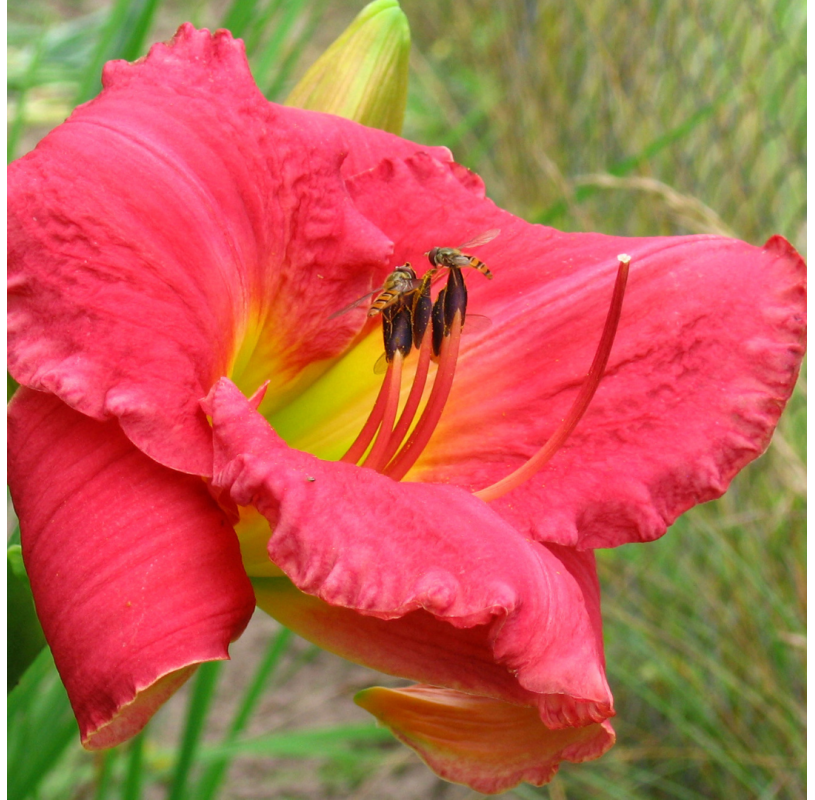Hemerocalis.
Hemerocallis is a perennial herbaceous plant ideal for flowerbeds and flowerbeds.
 Encrypted payments for greater security
Encrypted payments for greater security
To minimize the plant's time in transit, deliveries are made only from Monday to Wednesday


Shipping only to mainland Spain and mainland Portugal
Hemerocallis: Ephemeral Beauties for Your Garden
General Description
Hemerocallis are perennial, rhizomatous, and herbaceous plants known for their durability and versatility. Ideal for creating striking mass plantings and borders, these plants have narrow, keeled, and intensely green leaves that spring directly from the base, providing structure and color throughout the year.
Origin and History
Native to Asia, Hemerocallis belong to the Liliaceae family. They are commonly known as "daylilies," "St. John's Lilies," or "Morning Lilies," reflecting the transient nature of their bloom but continuous renewal.
Flowering and Varieties
Their funnel-shaped flowers, similar to lilies, grow at the end of the stem and are set obliquely. Although each flower lasts only a day, the plant continues to produce new flowers throughout the summer in a variety of colors including orange, yellow, red, mixed, pink, and white. Some species feature double flowers and a gentle fragrance.
Growing Conditions
They prefer full sunlight, although some varieties perform better in partial shade, under trees or shrubs. They adapt to any type of soil but thrive under moderate watering conditions. During winter, the ribbon-like leaves continue to decorate the environment.
Specific Care
To maintain optimal flowering, it is recommended to divide the plants every two years in spring or fall. Enriching the soil annually with fertile soil and compost or manure will significantly improve their performance. After flowering, it is essential to cut the floral scapes from the base to promote growth for the following year.
Common Problems
Hemerocallis can be affected by root nematodes, as well as slugs, snails, and ants. They are also susceptible to overwatering and waterlogged soils.
Gardening Uses
With heights ranging from 30 to 120 cm, these plants are perfect for edging, planters, mass plantings, and as undergrowth cover, adapting to various garden settings.
Data sheet
- Name
- Gazania hybrida.
- Origen
- South Africa
- Height
- 20cm.
- Colour
- Its leaves are usually gray or green flowers of varied colors but the most common are orange and yellow.
- Flowering
- Spring – Summer.
- Location
- Sun
- Irrigation
- From moderate to little.
- Applications
- As plant coverings, edges, seedlings, for roads etc.
- Sales format
- Pot
- Others
- It supports high temperatures.
- Note
- Being the product a living plant and depending on the season, this plant could be received, in some cases, not exactly the same as in the photography, but as similar as possible, without impacting on quality of the same.

 English
English Spanish
Spanish



